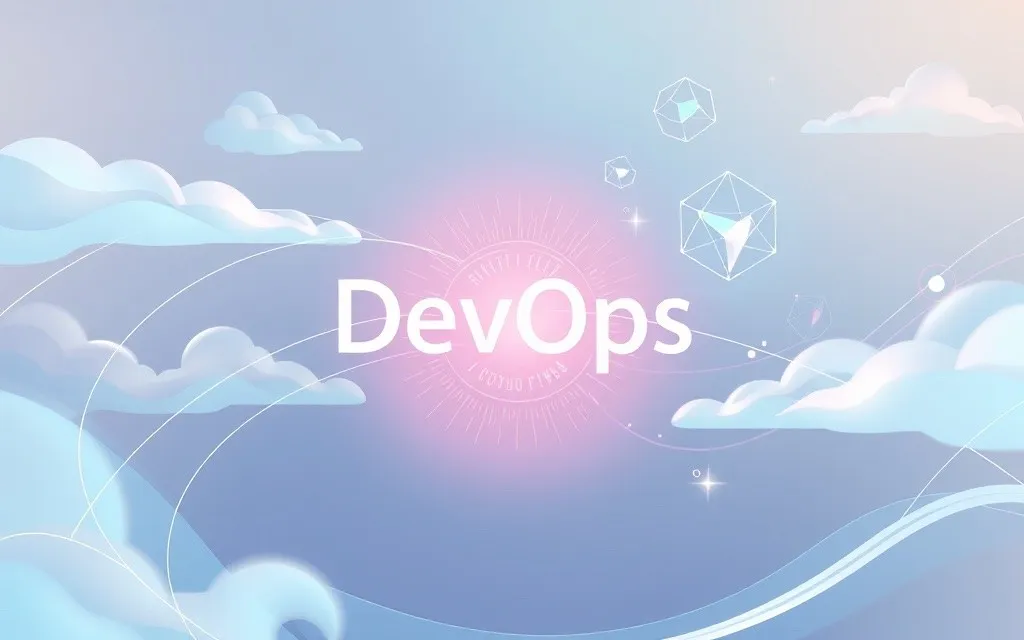
In today's fast-paced world of containerization, Docker has become an indispensable asset for developers and IT professionals alike. Yet, as its popularity grows, so does the imperative to tackle security challenges, especially those linked to Docker's Remote API. This article explores the complexities of Docker security practices, focusing on recognizing and countering remote API vulnerabilities to safeguard Docker containers effectively.
Unmasking the Threat: The Perils of Docker's Remote API
Docker's Remote API is a potent tool that facilitates remote interactions with Docker Engine. However, this convenience can also spell danger if not properly secured. Open Docker Remote API servers are enticing targets for cybercriminals, as demonstrated by attacks involving the perfctl malware. These attackers exploit vulnerabilities to create Docker containers that run harmful payloads, potentially breaching the container environment and jeopardizing the host system.
A typical attack involves probing the Docker Remote API server, executing a Base64 encoded payload, and employing stealth tactics to evade detection. Such incidents underscore the pressing need for stringent Docker API security protocols to avert unauthorized access and mitigate Docker vulnerabilities.
Recent Vulnerabilities: Lessons from the Frontlines
A significant example is the CVE-2024-41110 vulnerability, which exposed an AuthZ bypass flaw in Docker's authorization plugins. This flaw enabled attackers to perform unauthorized actions by crafting specific API requests. Although initially addressed, it resurfaced in later versions, highlighting the necessity for consistent updates and security audits.
Docker has released patches to combat these exploits, urging users to upgrade to the latest versions. For those unable to update immediately, temporarily disabling AuthZ plugins and limiting API access are advisable measures.
Privileged Containers: Balancing Power and Risk
Privileged containers, which possess root capabilities of the host machine, present another substantial security risk. While beneficial for tasks like running Docker daemons or automating CI/CD processes, they can be exploited to access host resources without authorization.
To mitigate these risks, avoid using the --privileged flag unless absolutely necessary. Instead, apply the principle of least privilege, configure containers for trusted access, and use user namespaces to distinguish host and container root users.
Strengthening Docker Security: Best Practices
Restrict API Access: Employ firewall rules and network segmentation to limit access to the Docker Remote API, allowing only trusted IP addresses.
Stay Updated: Regularly update Docker Engine and Docker Desktop to the latest versions to receive security patches and enhancements.
Use Non-Root Users: Run container processes under non-root users to reduce the impact of potential exploits.
Monitor and Audit: Continuously monitor Docker environments for unusual activities and conduct regular security audits to uncover and address vulnerabilities.
Utilize Security Tools: Implement security solutions like Trend Micro's Hybrid Cloud Security to protect containers and DevOps pipelines.
Charting the Course for Docker Security
As Docker remains a cornerstone of modern IT infrastructure, understanding and mitigating remote API vulnerabilities is crucial for maintaining a secure environment. By adhering to Docker security best practices and staying alert to emerging threats, organizations can protect their containerized applications and infrastructure from potential exploits. Consider how these practices could be integrated into your own security protocols. What steps will you take to ensure your Docker environment is secure? Share your thoughts and experiences, and explore further readings to deepen your understanding of Docker security.

